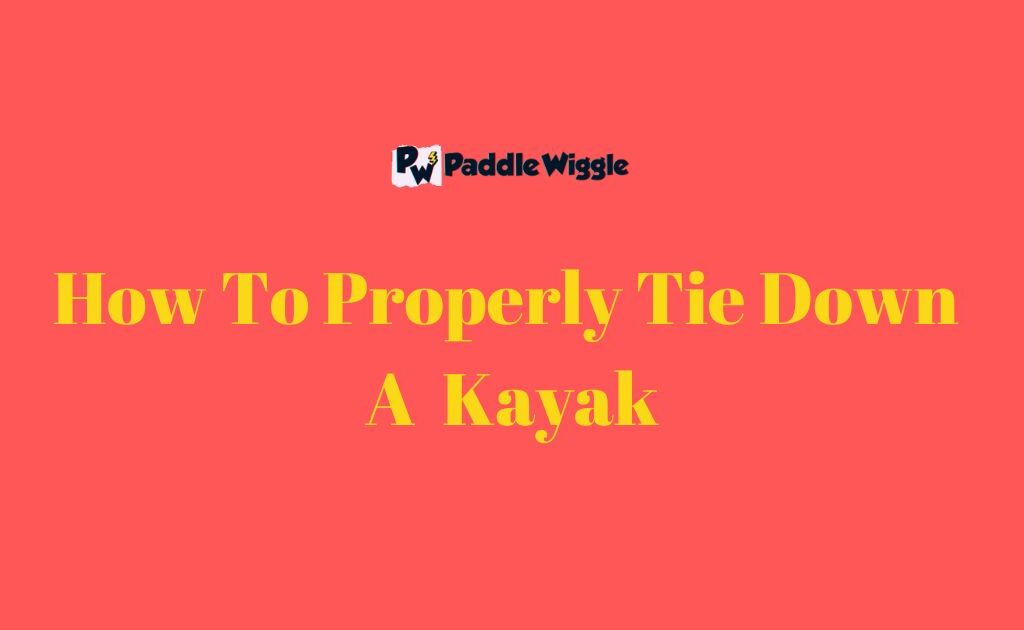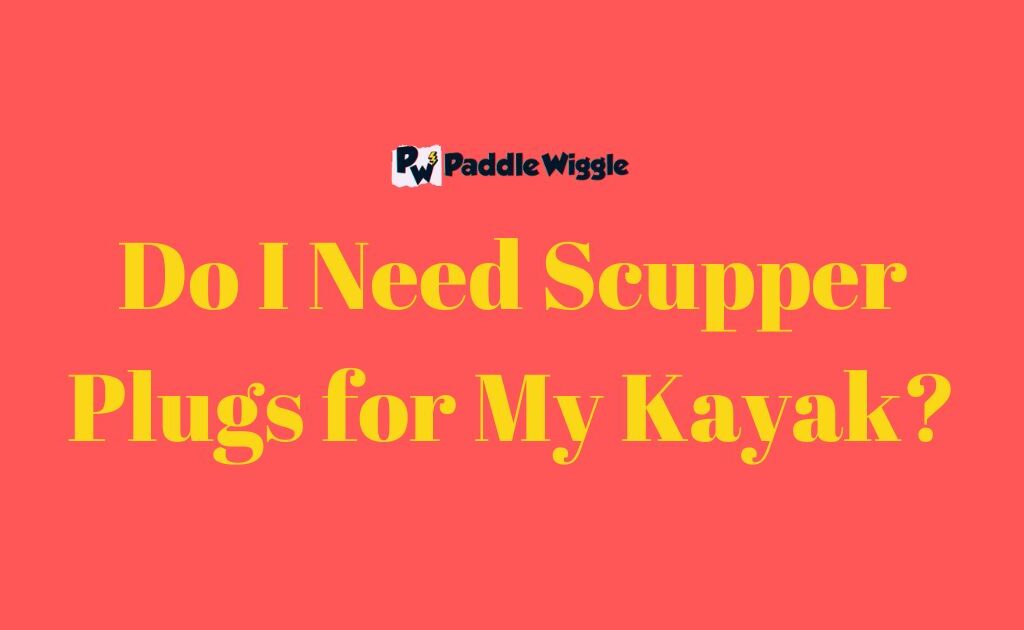Did you know that the type of kayak paddle you choose can significantly impact your paddling experience? The paddle you use can make all the difference when it comes to efficiency, speed, and overall enjoyment of the water.
While many kayakers focus on picking the perfect kayak, they often overlook the importance of selecting the right paddle. But your paddle is like your engine—it’s what helps you move through the water. So, its design and quality really matter.
We’ll talk about things like the materials the paddle is made of, the shape of its blade, and how long the shaft is. These factors can all affect how you paddle and how well you do it. If you want to take your kayaking to the next level, keep reading to learn why picking the right kayak paddle is so important.
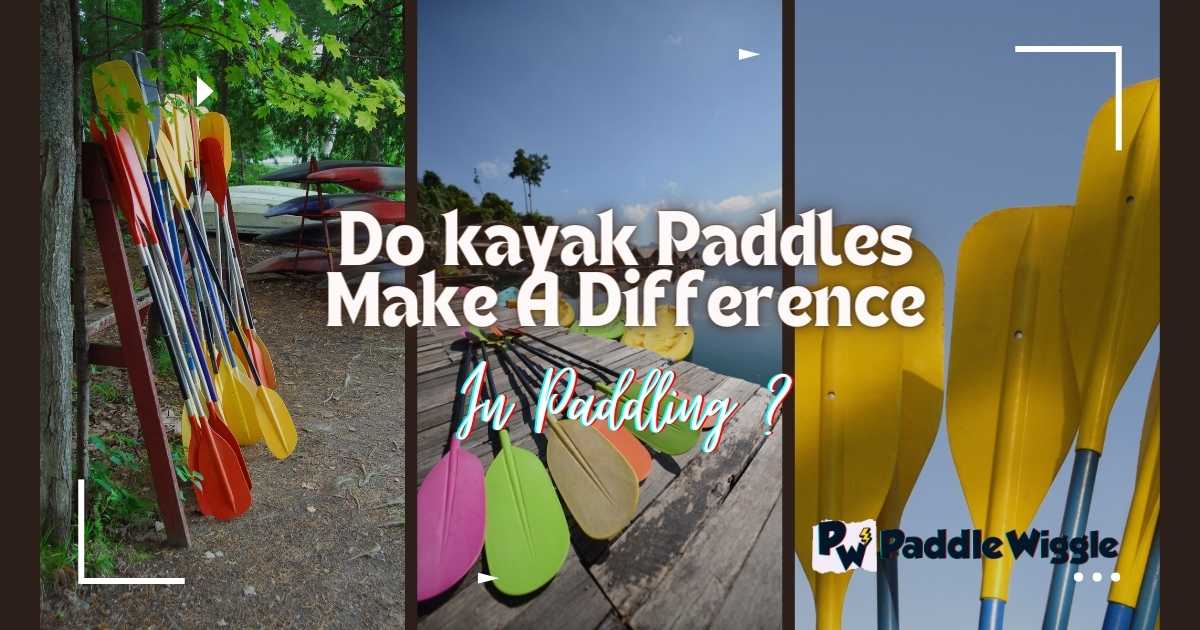
Content
Do Kayak Paddles Make A Difference In Padding
Yes, kayak paddles do make a difference in paddling. The type of paddle you use can greatly impact your performance and overall experience on the water.
The material of the paddle can affect its weight and longevity. There are three main materials for kayak paddles: aluminum, fiberglass, and carbon fiber.
Aluminum paddles are the heaviest but also the cheapest.
Fiberglass paddles are lighter and last longer than aluminum ones, so they’re good for people who kayak for fun.
Carbon fiber paddles are the lightest and strongest. They’re best for people who kayak frequently and want high performance.
Secondly, the design of the paddle blades can also make a difference in how efficiently you paddle. Blades can be dihedral, asymmetrical, or symmetrical.


Dihedral blades have a ridge down the middle that helps water flow off smoothly, reducing wobbling.
Asymmetrical blades have more surface area on one side, giving you more power with each stroke. Symmetrical blades are the same on both sides, so they work well for different paddling techniques.
Additionally, the length and angle of the paddle shaft can impact your paddling technique. The length of the paddle should be chosen based on your height and the width of your kayak.
Shorter paddles are good for turning quickly, while longer ones give you more power for longer trips.
You can also adjust the angle of the shaft to cut through the wind better. This is called feathering, and it’s handy for sea kayaking or when it’s windy.
How Do Kayak Paddles Make a Difference in Padding
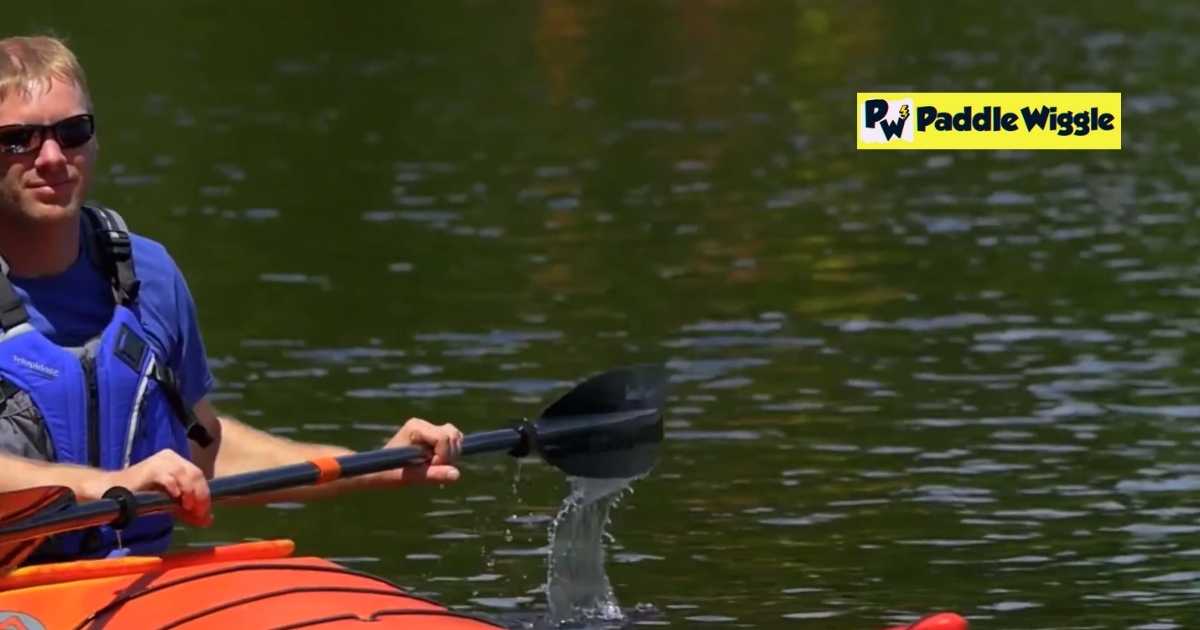

Choosing the right kayak paddle can greatly impact your paddling experience. The material, length, design, and size of the paddle all play a role in determining how efficient and enjoyable your time on the water will be.
Let’s explore some key factors that highlight the difference kayak paddles can make.
Paddle Materials {Why do they matter}
Paddle materials play a crucial role in determining a paddle’s performance and durability. The choice of materials used in the construction of a paddle can greatly affect its weight, strength, and responsiveness.
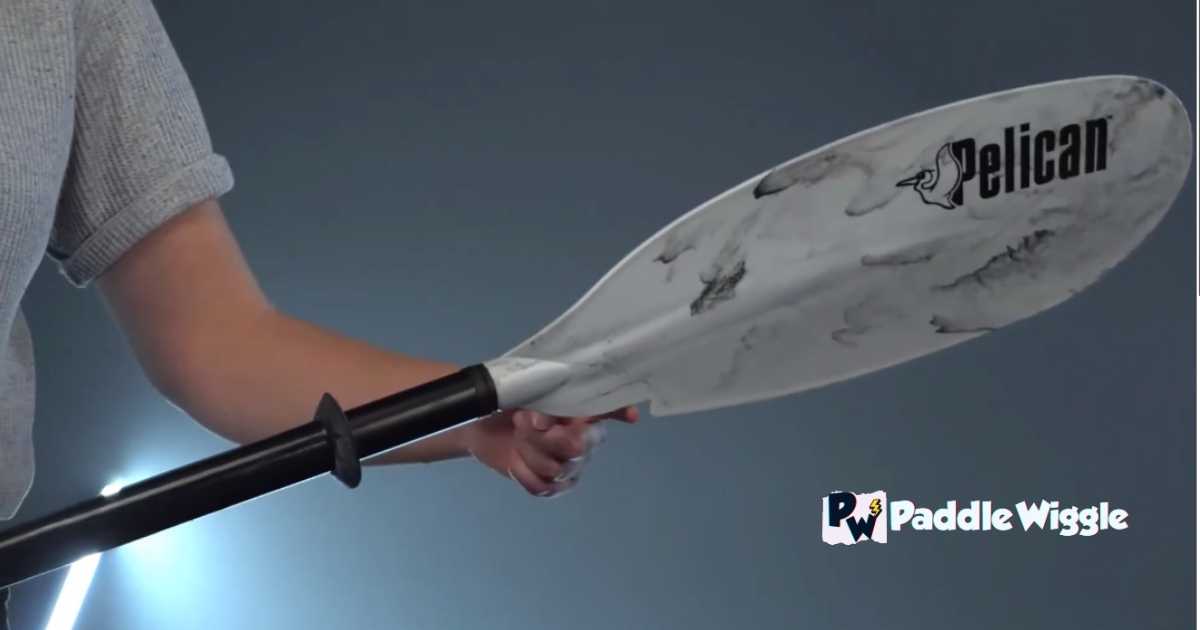

In recent years, graphite paddles have become more popular. Graphite is an extremely lightweight and strong material that offers excellent power and control. Advanced players who prioritize speed and maneuverability favor graphite paddles. However, they are often more expensive than other materials.
Let’s explore how materials impact your performance on the water:
Carbon Fiber
Carbon fiber paddles are super lightweight, which is why so many paddlers love them.
Their lightness means less tiredness during long trips, making your time on the water more fun.
Plus, carbon fiber is super strong, so your paddle can handle the rough and tumble of kayaking.
And because carbon fiber is stiff, it helps you paddle more efficiently, giving you better performance.
Aluminum
Aluminum paddles are an excellent option for those seeking affordability and durability. They are budget-friendly and tough, which is why many people who kayak for fun choose them.
Even though they might be a bit heavier than other types, they still perform well on regular kayaking trips.
Plastic and Wood
Plastic paddles offer a cost-effective solution for beginners or occasional kayakers. They are durable and resistant to damage from rocks or other obstacles in the water. On the other hand, wood paddles have a traditional and aesthetic appeal that many paddlers appreciate. Wood paddles also tend to have a more natural feel in the water. However, it’s worth noting that plastic and wood paddles may not offer the same level of performance as carbon fiber or aluminum options.
Paddle Design
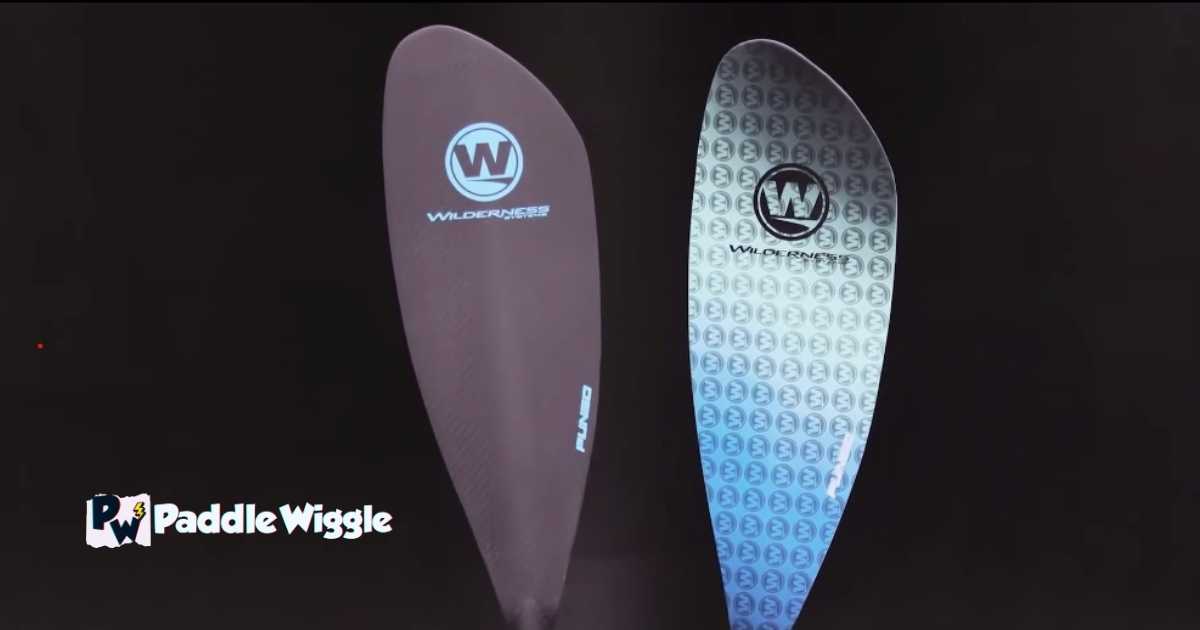

The shape of your kayak paddle’s blades can really affect how well you paddle, how easy it is, and how comfortable you feel doing it. Different blade shapes, like dihedral or asymmetrical, can make your strokes more stable, controlled, and efficient.
There are a few main types of blade shapes, and each has its benefits and strengths.
Let’s explore them:
Wing Blades
Think of these blades like mini airplane wings. They’re curved and sleek, which helps them glide through the water smoothly. Because of their shape, they make paddling easier and faster by reducing resistance. They’re also great at keeping your strokes steady and stable.
People who are really good at kayaking, especially in races, like using these blades because they help them paddle faster and more efficiently.
Dihedral Blades
Dihedral blades look like they have a ridge down the middle, creating a V shape. This design helps the kayak stay on course by reducing the effect of wind and water currents. That’s why they’re great for beginners or anyone who wants a stable and easy paddling experience.
They also make paddling smoother by reducing wobbling and giving you better control, which comes in handy in rough waters.
Paddle Size
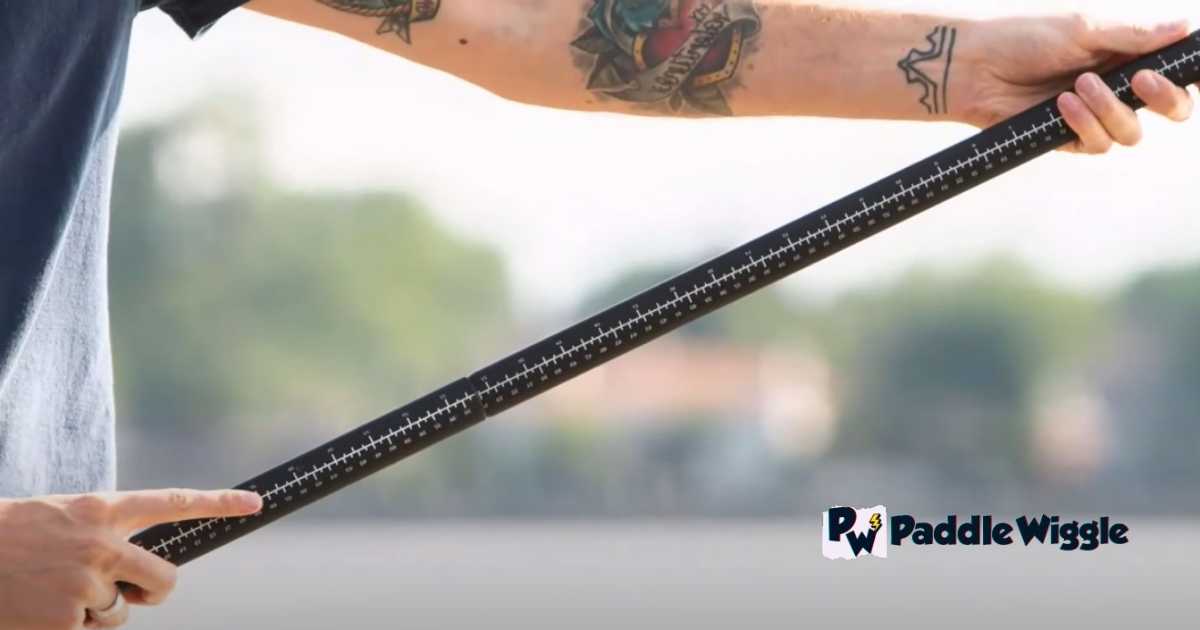

When it comes to kayak paddles, size really counts for better paddling. The length and size of your paddle can make a big difference in how well you move through the water, especially if you’re kayaking for a long time.
To find the right size paddle for you, consider your height and the width of your kayak. If you’re tall or have a wide kayak, you might need a longer paddle to reach the water properly and paddle effectively. But if you’re shorter or have a narrower kayak, a slightly shorter paddle might give you better control and help you steer more easily.
It’s a good idea to test different paddle sizes to see which one feels best for you. Everyone paddles a little differently, so trying out different sizes will help you figure out what works best for your body and style.
Besides length, the size of the paddle blade is also important. A bigger blade gives you more power but might feel heavier to paddle with. A smaller blade needs less effort but might not give you as much power. It’s all about finding the right balance between power and how easy it is to use.
Feathering Techniques
Feathering is when you tilt the paddle blades to cut through the wind better when you paddle. Adjustable feathering lets you change the angle of the blades based on the wind. Doing this right not only makes paddling easier on your wrists but also helps you paddle more efficiently overall.
Choosing The Right Paddle For Efficiency
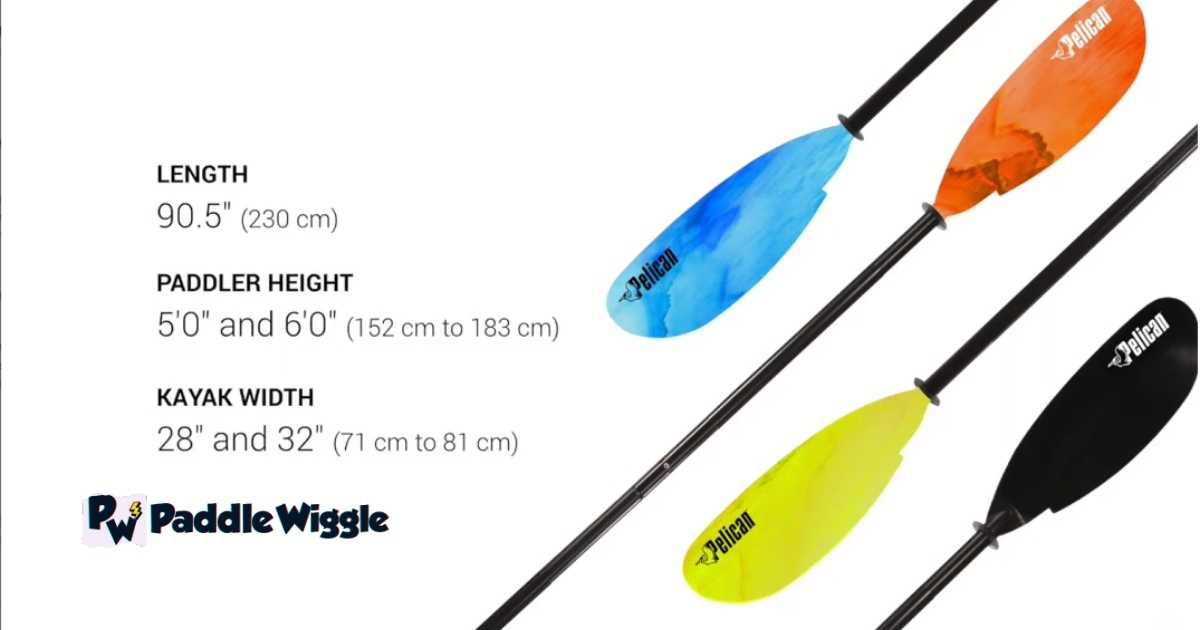

When it comes to efficient paddling, choosing the right paddle can make a significant difference. Several factors contribute to paddle efficiency, including length, material, and blade design. By considering these factors, paddlers can optimize their stroke and enhance their overall paddling experience.
Paddle Length
Paddle length plays a crucial role in stroke efficiency and comfort. The length of the paddle affects the reach and leverage during each stroke. A paddle that is too long or too short can lead to inefficient strokes and unnecessary strain on the body.
Finding the right paddle length depends on your height and the width of your kayak. Taller paddlers or those with wider kayaks usually need longer paddles for better reach and power. Shorter paddlers or narrower kayaks might do better with shorter paddles for easier control.
Different types of kayaking also have their own suggestions. For instance, whitewater kayakers prefer shorter paddles for fast turns, while sea kayakers may go for longer paddles for efficient long-distance paddling.
Blade Shape
The shape of the paddle blade also influences stroke efficiency and maneuverability. There are two main types of blade shapes: high-angle and low-angle.
High-angle blades have a more aggressive design with a larger surface area. They are ideal for dynamic strokes that require more power and speed, such as whitewater kayaking or surfing. On the other hand, low-angle blades have a more relaxed shape with a smaller surface area. They are suitable for recreational paddling or long-distance touring, where endurance is key.
Paddlers should choose the blade shape that aligns with their preferred style of paddling. High-angle blades provide greater propulsion but require more effort, while low-angle blades offer smoother strokes with less fatigue.
Shaft Type
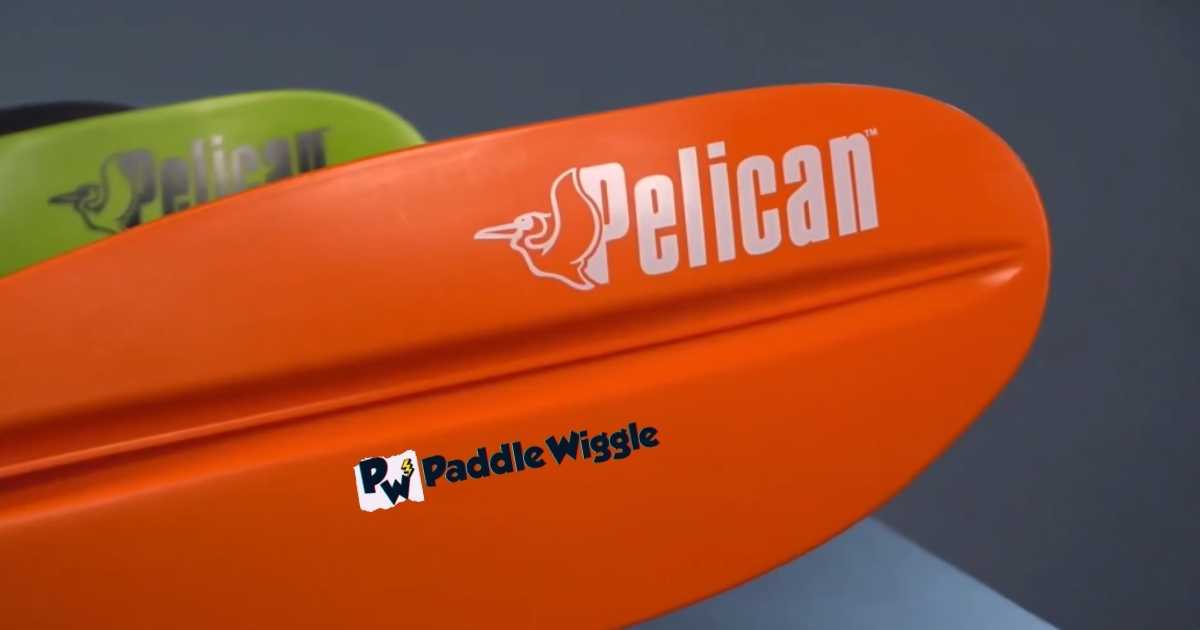

The shaft material and design also play a significant role in paddle performance and comfort. There are different types of shafts available, each with its benefits.
Oval and ergonomic shafts are designed to make paddling more comfortable and reduce tiredness. The oval shape of the shaft fits your hand more naturally, reducing strain on your wrists and arms when paddling for a long time.
Ergonomic shafts have specially shaped handles that give you better control and prevent your hands from slipping, making your paddling more efficient.
Another consideration is the choice between straight and bent shafts. Straight shafts are the traditional option, offering simplicity and durability. Bent shafts, however, provide ergonomic advantages by aligning the wrist with the blade angle, reducing strain, and improving power transfer.
Curved Vs. Straight
When comparing curved and straight paddle shafts, curved shafts have distinct advantages. They improve ergonomics by allowing for a more natural hand position and reducing wrist strain during repetitive strokes. This ergonomic advantage can result in increased comfort and reduced fatigue during long paddling sessions.
On the other hand, straight shafts offer simplicity and durability. They are less prone to damage or breakage compared to curved shafts. Paddlers who prioritize reliability may prefer straight shaft paddles for their robustness.
Single Vs. Multi-Piece
Paddle portability is an essential consideration for many paddlers. Multi-piece paddles offer convenience as they can be disassembled into smaller parts for easy transport and storage. This makes them ideal for travelers or those with limited space.
Single-piece paddles are made from a single, unbroken piece, which makes them strong and steady. They give you direct power when you paddle because there are no breaks in the construction. This helps you move through the water more efficiently.
Deciding between single-piece and multi-piece paddles depends on what you prefer and how you use your kayak. If you want a paddle that’s easy to carry around, choose a multi-piece paddle. But if you want the best performance, a single-piece paddle could be the way to go.
Final Words
To get the most out of your kayaking adventure, choosing the right paddle is key. It affects how smoothly you glide through the water and how comfortable you feel while paddling. Pay attention to factors like paddle length, blade shape, shaft design, and construction. When you find the paddle that suits you best, you’ll enjoy your time on the water even more, whether you’re paddling on a calm lake or cruising along a river.
Frequently Asked Questions
Do Kayak Paddles Make A Difference In Padding?
Yes, kayak paddles make a significant difference in padding. They affect your efficiency, speed, and overall experience on the water. Choosing the right paddle can greatly enhance your performance and reduce fatigue during long trips.
How Do Kayak Paddles Make A Difference In Padding?
Kayak paddles are super important for paddling because they help you move through the water and turn your kayak. The way they’re made and what they’re made of affects how easy they are to use and how long they last. A good paddle can make paddling easier and help you paddle better.
What Should I Consider When Choosing The Right Paddle For Efficiency?
To pick a paddle that helps you paddle better, think about its length, shape, and what it’s made of. Choose a length that fits you and how you paddle. The shape of the blade affects how much power you get from each stroke. Materials like carbon fiber make the paddle lighter, so you get less tired and paddle more efficiently.
What Are The Material Advantages Of Kayak Paddles?
Different paddle materials offer various advantages. Fiberglass paddles are durable and provide good flex for efficient strokes. Carbon fiber paddles are lightweight and stiff, ideal for high-performance kayaking. Aluminum or plastic options are more affordable but may be heavier and less efficient.
How Do Design Features Impact Kayak Paddling?
Design features such as blade shape, feathering options, and shaft construction influence how the paddle performs in the water. A well-designed blade will provide better power transfer and control. Feathering allows you to adjust the angle of the blades to minimize wind resistance. A comfortable shaft grip enhances comfort during long trips.
Does Size Matter When It Comes To Kayak Paddles?
Absolutely, the size of your kayak paddle is crucial. It needs to match your height, the width of your kayak, and how you paddle. When it’s the right size, you’ll paddle more efficiently and with less strain on your body.

